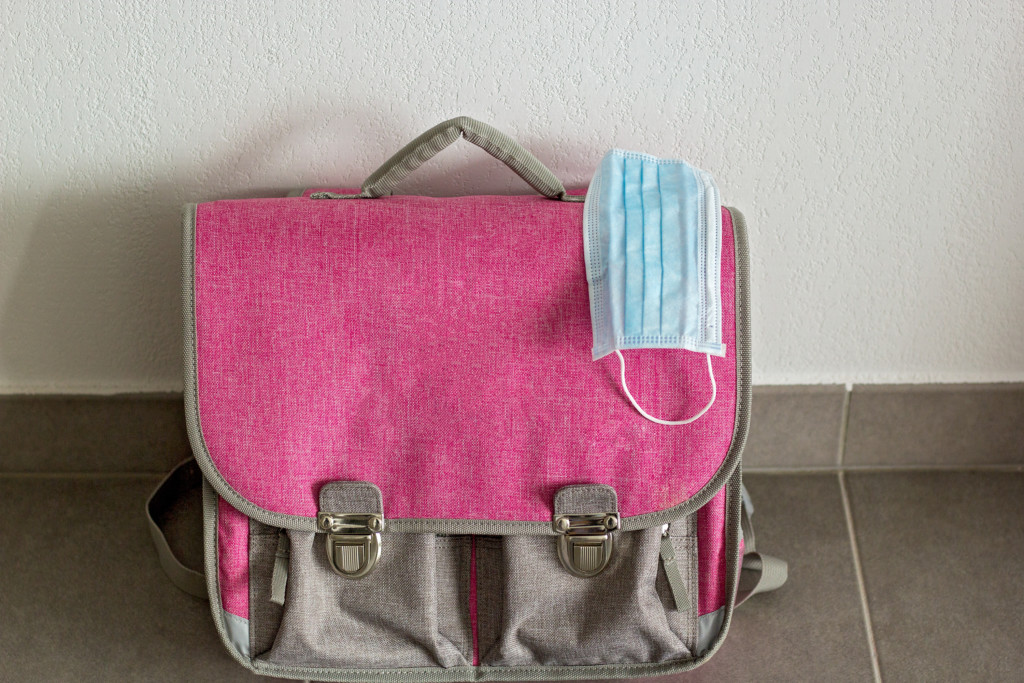 Editor’s note: Policy expert and redefinED guest blogger Jonathan Butcher wrote this commentary for the Goldwater Institute. It appeared June 18 on the institute’s blog, In Defense of Liberty.
Editor’s note: Policy expert and redefinED guest blogger Jonathan Butcher wrote this commentary for the Goldwater Institute. It appeared June 18 on the institute’s blog, In Defense of Liberty.
As students around the country begin summer break, the status of K-12 school operations is different from state to state—even district to district in some places. Here’s what parents need to know:
Reopenings have started.
Lawmakers in Montana and Wyoming have allowed school buildings to reopen (some schools are currently holding in-person classes). In Illinois, Pennsylvania, and Texas, school buildings are open for summer school. Last week, Florida Gov. Ron DeSantis released a plan to reopen schools in August at full capacity.
These decisions should be made as locally as possible. Federal guidance from the Centers for Disease Control will be broad and cautious, not specifically tailored to meet the needs of every school. The national perspective offers general guidelines, but state and district officials must evaluate local needs.
Parents may not send students back.
Surveys indicate parents are still concerned about the pandemic and school officials’ choices in the face of changing conditions. Between 40 and 60 percent of parents have said they are considering homeschooling in the fall. These numbers should be a sign to district administrators that were slow to provide any instruction between March and May that they need to restore parents’ confidence in their child’s school.
Some districts and charter schools, in particular, moved quickly to provide remote learning, but reports reveal that thousands of students in large cities never interacted with teachers. School district officials in Fairfax County, Virginia, prepared no virtual instruction, while district administrators in Pennsylvania, told teachers not to help any students online until the district approved the activity. Meanwhile, students across Detroit and Los Angeles did not touch school assignments during the quarantine.
Parents and students need stability. Officials need to tell parents they are preparing now to reopen at full capacity, barring local COVID-19 outbreaks. Educators should also tell families they will evaluate students at the beginning of the semester to determine where students stand academically.
State and district policymakers and special interest groups such as teacher unions are demanding more money from Washington before schools reopen, but they should be concerned first with regaining parents’ trust. The financial recession will impact all schools, likely prompting school administrators to lobby for spending increases. These officials must demonstrate now that they are putting student needs first—students that have already missed months of instruction.
Private schools are important parts of their communities, and they are suffering.
Private schools are a lifeline to 5.7 million students around the country, but the pandemic and ensuing recession are forcing them to close—permanently—by the dozen. (The Cato Institute is tracking the closings.) Federal spending is not a trust fund to rescue schools. For public and private schools, such spending expands federal influence, which will come back to haunt these communities when federal lawmakers decide standard operational requirements such as testing and admissions criteria are in order.
State lawmakers can help by creating new opportunities for students that want to access private schools, such as Utah’s new scholarships for children with special needs or a proposal in North Carolina to provide scholarships to students from families that received federal relief payments at the pandemic’s outset. Broad eligibility is essential.
Meanwhile, U.S. Department of Education guidance says districts should use federal relief spending on services for K-12 schools to help all private school students in low-income areas. Again, better to not expect federal assistance, but if the resources are already being disbursed, the spending should help all students.
Some public-school officials are resisting, but if a private school closes and parents decide to homeschool, even under difficult conditions, public schools have a tough sell at the ballot box. Traditional schools should not miss an opportunity to demonstrate how valuable their services can be.
Public and private school students, especially those struggling to keep up, cannot afford to lose another semester. The lesson from the Pandemic Spring is that we cannot wait for the virus to disappear before we start living again.


